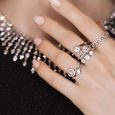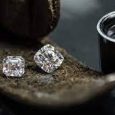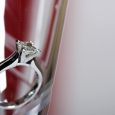When you hear “diamond clarity”, take note that it refers to blemishes or inclusions inside or outside the diamond. Gemologists heighten the clarity of diamonds through enhancement processes. Through methods such as fracture filling and laser drilling, a natural diamond that has imperfections can be free of them.
Important Terms to Consider
- Girdle – narrow area that separates the pavilion and the crown
- Pavilion – the lower part of the diamond
- Crown – upper part of the diamond

What are Clarity Grades?
Below are the various clarity grades used in grading natural diamonds:
FL (Flawless)
These are diamonds that don’t have any blemishes.
IF (Internally Flawless)
The inclusions can only be seen with 10 times magnification. Yet, they still have minute features, blemishes, or marks only found on their surfaces.
VVS (Very Very Slightly Included)
- VVS1 – The tiny inclusions are highly challenging to see with 10 times magnification.
- VVS2 – The tiny inclusions are very challenging to see with 10 times magnification.
VS (Very Slightly Included)
- VS1 – The small inclusions are hard to see with 10 times magnification.
- VS2 – The small inclusions are a bit easy to spot with 10 times magnification.
SI (Slightly Included)
- SI1 – Obvious inclusions are seen easily with 10 times magnification.
- SI2 – Obvious inclusions are seen very easily with 10 times magnification.
I1, I2, and I3 (Included)
In this grade, the noticeable inclusions seen with 10 times magnification can usually be seen with the untrained eye. They affect brilliance and transparency.

Determining Clarity Grades
Complete clarity decisions are equitable among eye visibility, the appearance of the diamond facing up, and its magnification by ten times. Higher power in magnification is necessary if the blemishes are not determined easily at ten times magnification. This usually includes VVS inclusions. Even so, the gemologist should always ascertain the final grade of the diamond in four directions at ten times magnification.
Grading Factors
Nature
An inclusion’s nature pertains to its inclusion type, depth, and relative superficiality. The traits that infiltrate deep into a diamond are referred to as inclusions. Those that remain on the diamond’s surface are known as blemishes. Imperfections that affect the stone’s durability are also thought-out
Size
The greater the inclusion in the diamond, the larger the impact is on its clarity grade. If imperfections are significant enough, the durability of the diamond is also compromised.
Location
This is the actual position of the blemish or inclusion in the diamond. Imperfections closer to the center of the “table” usually affects the diamond’s clarity. Those located far from the “table” or at the “girdle” are challenging to spot. If they reach the surface, the diamond could become damaged.
The inclusions close to the “pavilion” can possibly reflect the images of the imperfection. The blemishes that can be spotted when focusing beyond the culet don’t affect the clarity grade that much.
The cutting proportions, the shape, and the facet arrangement can affect the stone’s clarity grade by highlighting or obscuring the features of clarity. This is the actual position of the blemish or inclusion in the diamond.
Imperfections situated closer to the center of the “table” usually affects the diamond’s clarity. Those located far from the “table” or at the “girdle” are challenging to spot. If they reach the surface, the diamond could become damaged.
The inclusions close to the “pavilion” can possibly reflect the images of the imperfection. The blemishes that can be spotted when focusing beyond the culet don’t affect the clarity grade that much.
The cutting proportions, the shape, and the facet arrangement can affect the stone’s clarity grade by highlighting or obscuring the features of clarity.
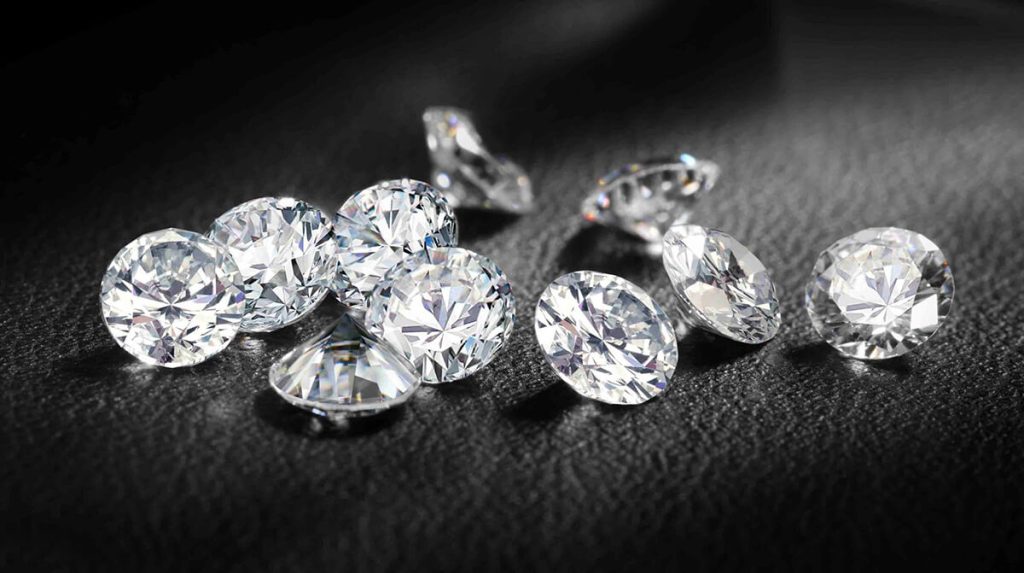
Relief
This factor points toward the contrast between the host diamond and the inclusion and how distinct the inclusion is. If the relief is large, the effect on the general clarity grade of the stone is also great.
Number
The clarity grade of the diamond lowers when the clarity traits increase in number. Sometimes, the number of inclusions is not always the basis for judging inclusions. There are times when their visibility is considered as well.
Pointers to Consider for Clarity Grading
Blemishes and inclusions are not considered flaws
A diamond’s clarity is crucial in defining a diamond’s general value and beauty. The clarity in a diamond applies to blemishes on the stone’s surface and the inclusions inside the diamond.
Blemishes and inclusions can come from the diamond’s cut-polish-setting, formation, general wear, or crystal structure. Inclusions, specifically, are found inside the stone but they can start from the surface. Blemishes just stay at the surface of the diamond.
It is common for people to describe blemishes and inclusions as synonymous with flaws. Yet, most gemologists perceive them as potent tools of identification. They can aid in separating synthetic diamonds and natural diamonds.
Inclusions and blemishes also act like one-of-a-kind fingerprints providing the diamond its very own character. Take note that a diamond’s laser inscription is not a clarity trait because it is neither inclusion nor a blemish.
A GIA grading report gives certainty about a diamond’s clarity
The GIA Diamond Dossier, the GIA Diamond Grading Report, and the GIA Diamond Origin Report give an unbiased and objective assessment of diamond clarity.
The GIA Diamond Origin Report and the GIA Diamond Grading Report have a certain plotting diagram that outlines the blemishes and inclusions in the diamond. The said diagram also depicts the facet arrangements and the shape of the diamond from the pavilion and the crown.
Certain inclusion types can increase a diamond’s susceptibility to damage
Once a diamond has problems with durability, it cannot take the pressure and the friction of cutting. There are types of inclusions that make diamond damage more easily. For instance, if the diamond is hit on inclusion that reaches the surface, the stone might chip.
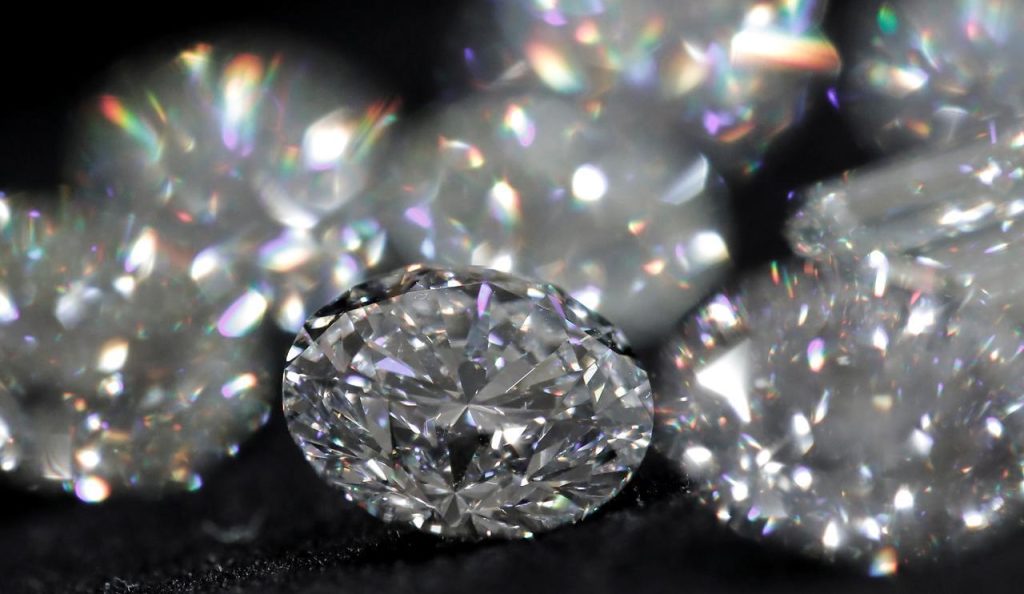
In choosing the right diamond with the right clarity, whether it’s a natural or a clarity enhanced diamond, it’s always important to look at the clarity grade a bit closer. It’s the only way you can be sure that the stone you buy is worth every penny.

